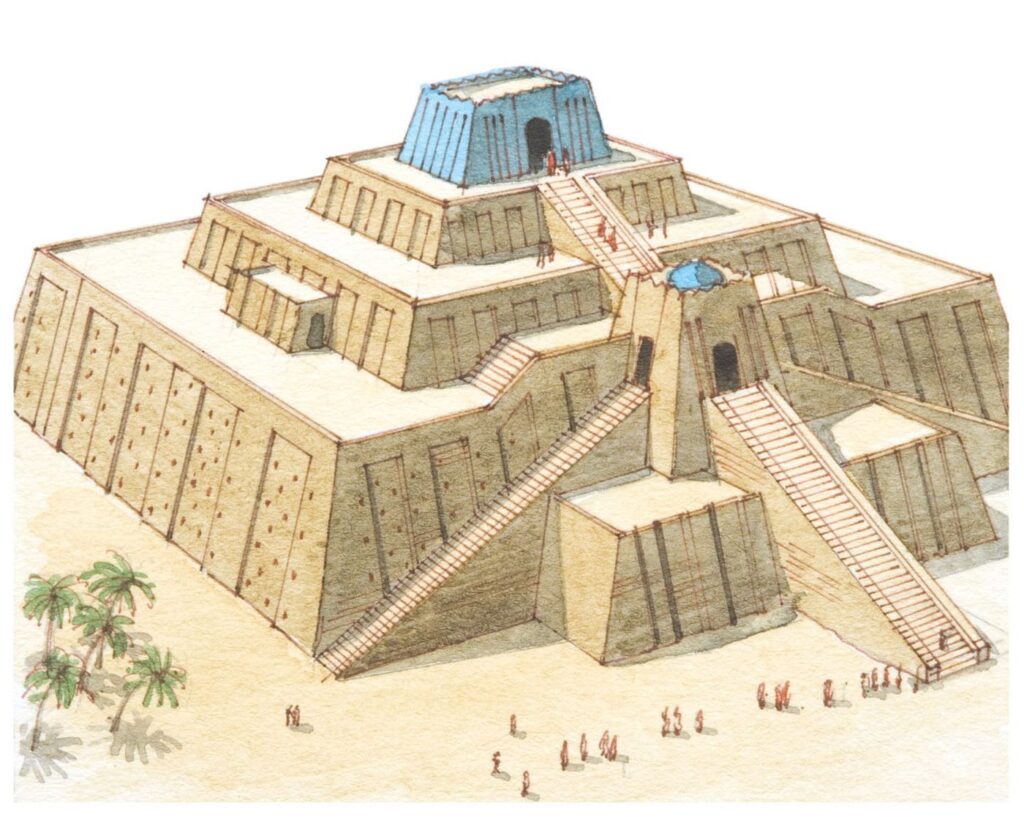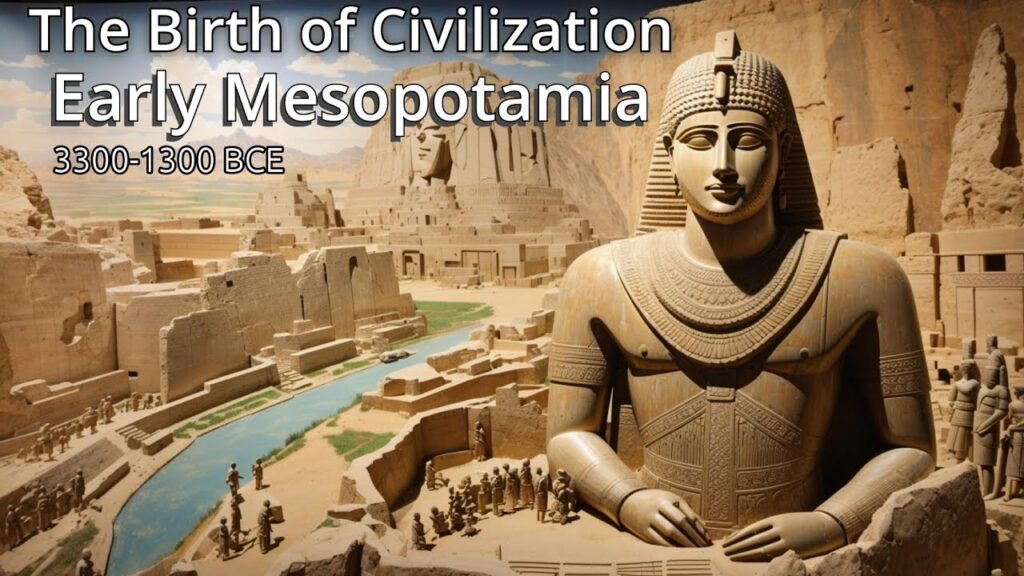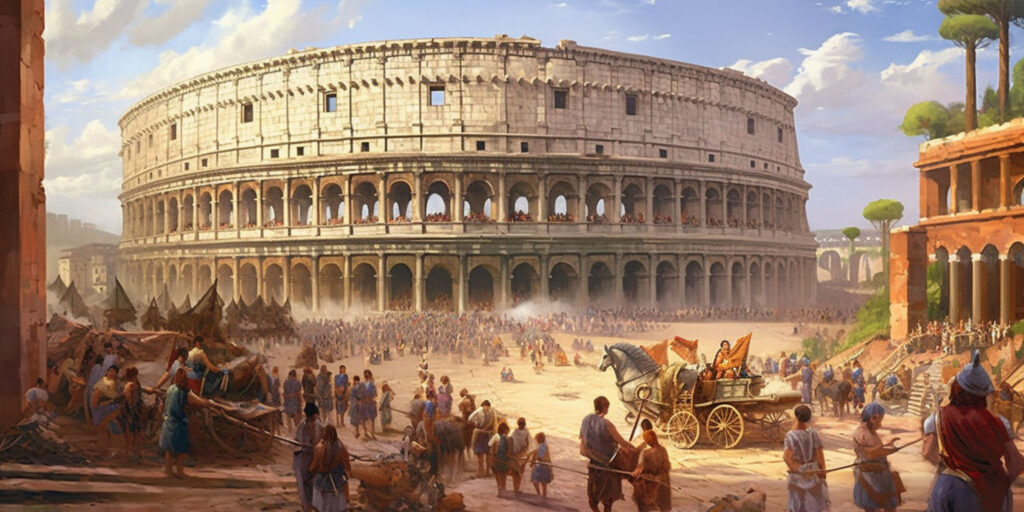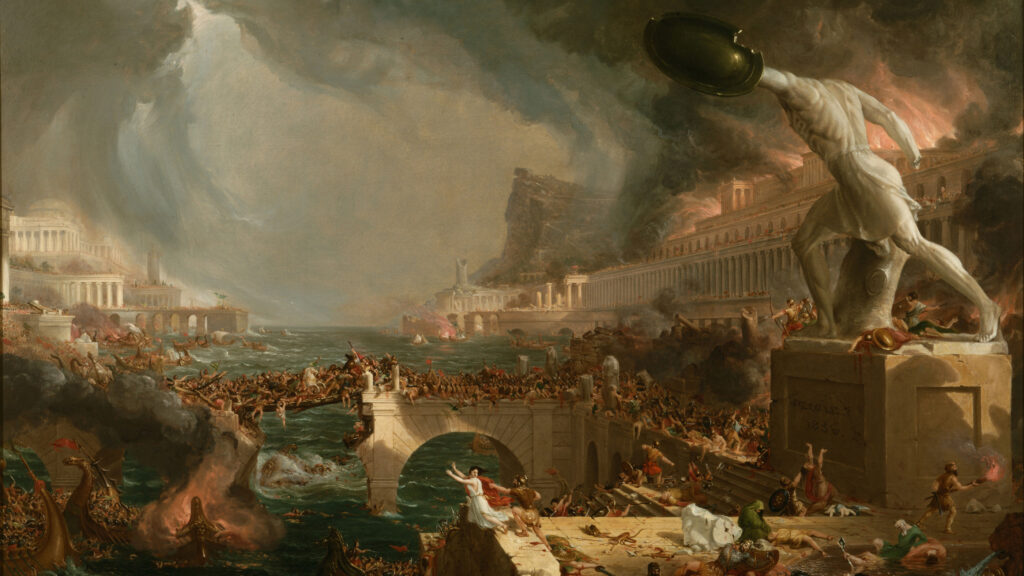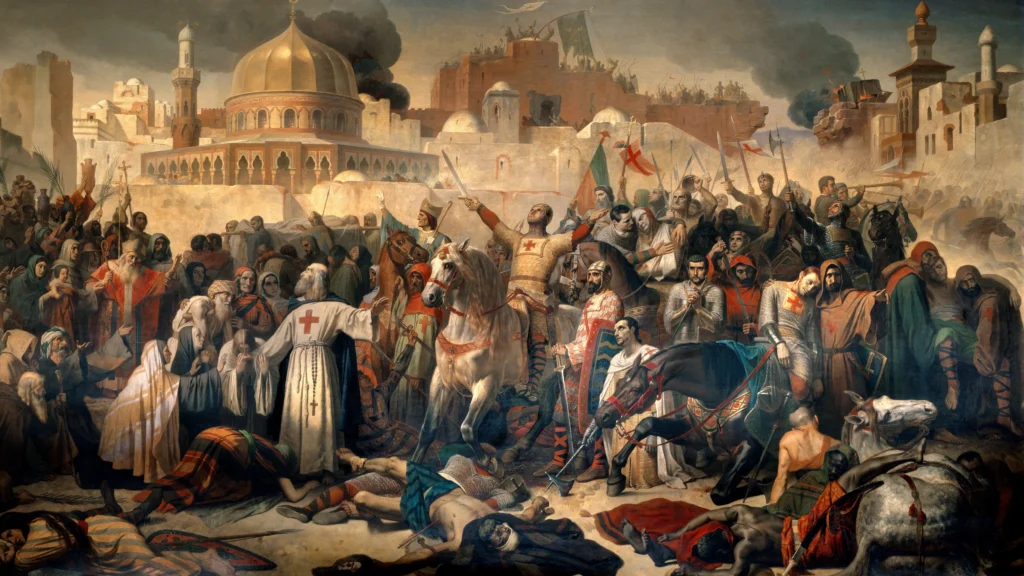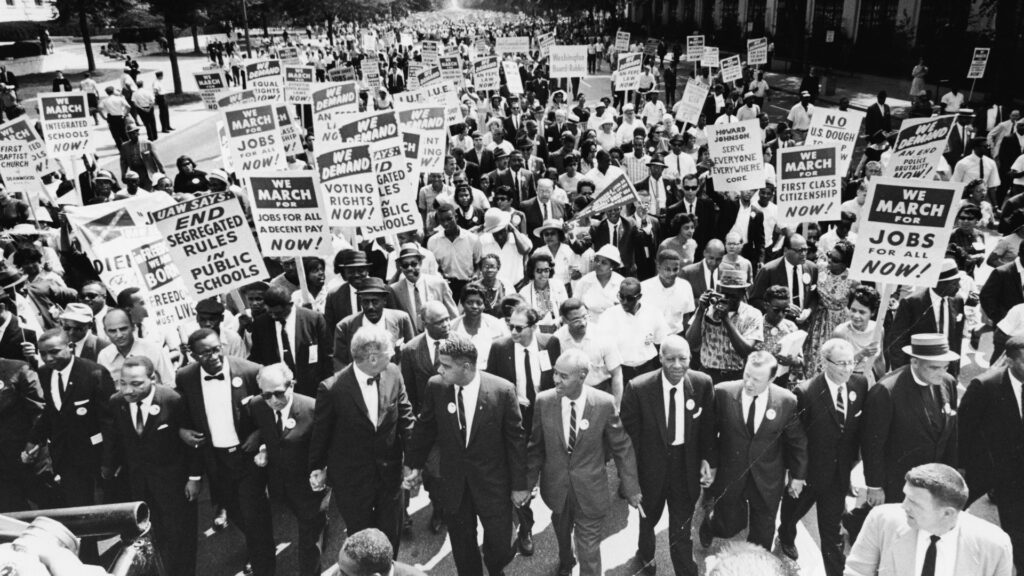
The Civil Rights Movement: A Comprehensive Overview
Introduction
The Civil Rights Movement was a pivotal period in American history, spanning the 1950s and 1960s, during which African Americans and other marginalized groups sought to end racial segregation and discrimination. The movement aimed to achieve equal rights under the law, addressing long-standing injustices and paving the way for future advancements in civil rights. This article explores the origins, key events, influential figures, and lasting impacts of the Civil Rights Movement.
Origins of the Civil Rights Movement
Historical Context
The roots of the Civil Rights Movement can be traced back to the post-Civil War era:
- Reconstruction (1865-1877): Following the Civil War, efforts were made to integrate formerly enslaved African Americans into society as equal citizens. The 13th, 14th, and 15th Amendments were passed to abolish slavery, grant citizenship, and protect voting rights.
- Jim Crow Laws: Despite these amendments, Southern states enacted Jim Crow laws to enforce racial segregation and disenfranchise African Americans. These laws created a system of institutionalized racism that persisted for decades.
Early Efforts and Organizations
Before the Civil Rights Movement of the 1950s and 1960s, several organizations and individuals laid the groundwork for the struggle for equality:
- NAACP (1909): The National Association for the Advancement of Colored People was founded to fight for civil rights through legal challenges and advocacy. It played a crucial role in landmark cases such as Brown v. Board of Education.
- Harlem Renaissance (1920s): A cultural movement that celebrated African American culture and produced influential artists, writers, and intellectuals who advocated for racial equality.
Key Events of the Civil Rights Movement
Brown v. Board of Education (1954)
This landmark Supreme Court case challenged the doctrine of “separate but equal”:
- Background: African American parents in Topeka, Kansas, challenged the segregation of public schools.
- Supreme Court Decision: The Court ruled that racial segregation in public schools was unconstitutional, stating that “separate educational facilities are inherently unequal.” This decision overturned the 1896 Plessy v. Ferguson ruling and provided a legal foundation for desegregation.
Montgomery Bus Boycott (1955-1956)
A pivotal event that galvanized the Civil Rights Movement:
- Rosa Parks: On December 1, 1955, Rosa Parks, an African American woman, refused to give up her seat to a white passenger on a segregated bus in Montgomery, Alabama. Her arrest sparked a widespread boycott.
- Boycott and Outcome: Led by Martin Luther King Jr. and other local leaders, the African American community boycotted the Montgomery bus system for over a year. The Supreme Court eventually ruled that bus segregation was unconstitutional, marking a significant victory for the movement.
Little Rock Nine (1957)
A key moment in the struggle for school desegregation:
- Integration of Central High School: Nine African American students, known as the Little Rock Nine, attempted to attend the previously all-white Central High School in Little Rock, Arkansas.
- Federal Intervention: Facing violent resistance, President Dwight D. Eisenhower sent federal troops to escort and protect the students, highlighting the federal government’s commitment to enforcing desegregation.
Sit-ins and Freedom Rides (1960-1961)
Direct action tactics that challenged segregation in public spaces:
- Sit-ins: African American students, beginning with the Greensboro Four in North Carolina, staged sit-ins at segregated lunch counters, demanding service. These peaceful protests spread across the South and led to the desegregation of many public facilities.
- Freedom Rides: Organized by CORE (Congress of Racial Equality) and SNCC (Student Nonviolent Coordinating Committee), interracial groups of activists rode buses through the South to challenge segregation in interstate travel. They faced violent attacks but drew national attention to the cause.
March on Washington (1963)
One of the most iconic events of the Civil Rights Movement:
- Purpose: Organized by civil rights leaders, including A. Philip Randolph and Martin Luther King Jr., the March on Washington for Jobs and Freedom aimed to advocate for civil and economic rights for African Americans.
- “I Have a Dream” Speech: On August 28, 1963, Martin Luther King Jr. delivered his famous speech, calling for an end to racism and envisioning a future of equality and justice. The march drew over 250,000 participants and played a key role in pushing for civil rights legislation.
Civil Rights Act (1964)
A major legislative victory for the Civil Rights Movement:
- Provisions: The Civil Rights Act of 1964 outlawed discrimination based on race, color, religion, sex, or national origin. It ended segregation in public places and banned employment discrimination.
- Impact: The act was a significant step toward legal equality and provided the federal government with tools to enforce civil rights protections.
Selma to Montgomery Marches (1965)
A turning point in the fight for voting rights:
- Background: Despite the 15th Amendment, African Americans in the South faced significant barriers to voting, including literacy tests and intimidation.
- Marches: Organized by the SCLC (Southern Christian Leadership Conference) and SNCC, the marches aimed to highlight the need for voting rights legislation. The first march, known as “Bloody Sunday,” was met with brutal police violence. The televised images shocked the nation and garnered widespread support.
- Voting Rights Act: The events in Selma led to the passage of the Voting Rights Act of 1965, which prohibited racial discrimination in voting and provided federal oversight of voter registration.
Influential Figures of the Civil Rights Movement
Martin Luther King Jr.
A central figure in the Civil Rights Movement:
- Leadership: King was a Baptist minister and the president of the SCLC. He advocated for nonviolent resistance and civil disobedience.
- Major Contributions: King’s leadership in events such as the Montgomery Bus Boycott, the March on Washington, and the Selma marches, along with his powerful oratory, made him a symbol of the movement. He was awarded the Nobel Peace Prize in 1964.
Malcolm X
A prominent and controversial figure:
- Background: Malcolm X was a minister and spokesperson for the Nation of Islam before breaking away and founding the Organization of Afro-American Unity.
- Philosophy: He advocated for black empowerment, self-defense, and racial pride. His views evolved over time, and he began to emphasize human rights and global solidarity before his assassination in 1965.
Rosa Parks
A key figure in the early Civil Rights Movement:
- Act of Defiance: Parks’ refusal to give up her bus seat sparked the Montgomery Bus Boycott, a critical event in the movement.
- Legacy: Known as the “mother of the civil rights movement,” Parks’ courage and activism inspired many and highlighted the power of individual action.
Other Notable Figures
The Civil Rights Movement included many other influential leaders:
- John Lewis: A leader in SNCC, Lewis participated in Freedom Rides and the Selma marches. He later served as a U.S. Congressman.
- Thurgood Marshall: As an NAACP lawyer, Marshall successfully argued Brown v. Board of Education and later became the first African American Supreme Court Justice.
- Ella Baker: A key organizer and strategist, Baker played a crucial role in the formation of SNCC and emphasized grassroots activism.
Impact and Legacy of the Civil Rights Movement
Legal and Political Achievements
The movement led to significant legal and political changes:
- Desegregation: The movement achieved the desegregation of public schools, transportation, and other facilities, ending the legal basis for racial segregation.
- Voting Rights: The Voting Rights Act of 1965 enfranchised millions of African Americans, leading to increased political participation and representation.
Social and Cultural Changes
The movement also brought profound social and cultural shifts:
- Racial Attitudes: The movement challenged and began to change deeply entrenched racial attitudes and stereotypes, promoting greater understanding and acceptance.
- Cultural Influence: The Civil Rights Movement inspired subsequent social justice movements, including the Women’s Liberation Movement, the LGBTQ+ rights movement, and the Black Lives Matter movement.
Ongoing Struggles
Despite the successes, the struggle for racial equality continues:
- Economic Inequality: Racial disparities in income, employment, housing, and education persist, highlighting the need for continued efforts to achieve true equality.
- Criminal Justice: Issues such as police brutality, mass incarceration, and racial profiling remain critical areas of concern.
Conclusion
The Civil Rights Movement was a transformative period in American history, marked by courageous activism, landmark legal victories, and profound social changes. It dismantled institutionalized racism in many areas and set the stage for ongoing efforts to achieve equality and justice. Understanding the Civil Rights Movement is essential to appreciating the progress made and recognizing the challenges that remain in the fight for civil rights.


